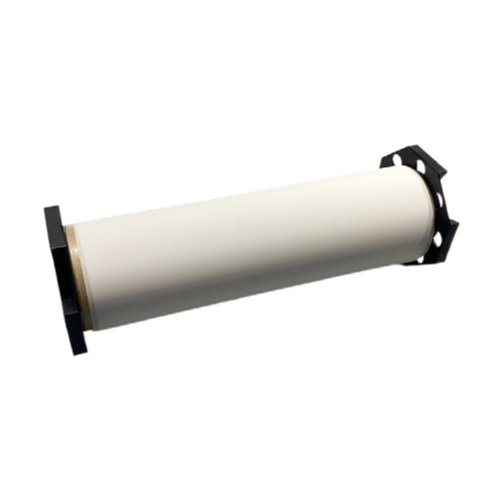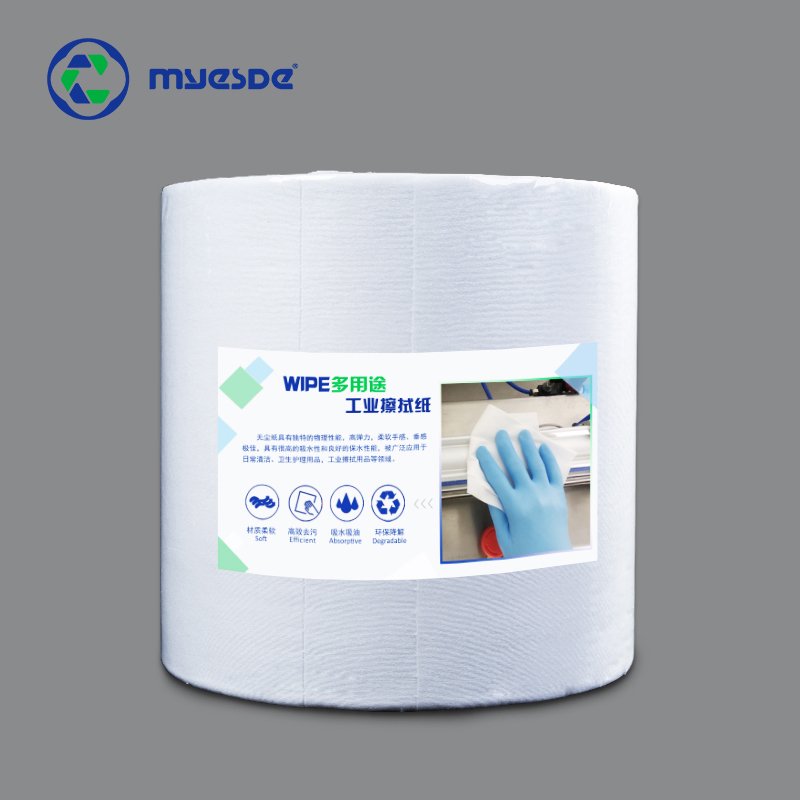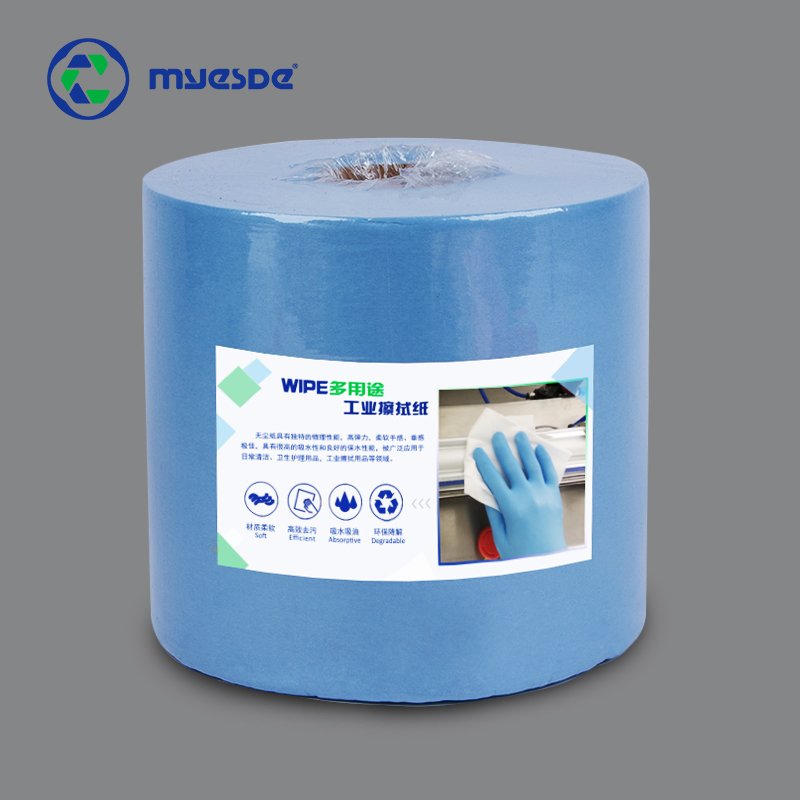Cleanroom operations are defined by precision—and compliance is non-negotiable. Among the most critical standards is ISO 14644-1, which governs airborne particulate cleanliness in controlled environments. The latest updates to this standard have reshaped the way cleanrooms are classified, tested, and maintained.
For cleanroom managers, quality assurance teams, and compliance officers, understanding these revisions is essential. Failure to comply could mean audit failures, regulatory citations, and costly production downtime.
This article breaks down what ISO 14644-1 is, the key changes in its latest revision, and what you need to do now to remain compliant in 2025 and beyond.
What Is ISO 14644-1?
ISO 14644-1 is the international standard for cleanroom classification based on airborne particulate concentration. It defines the maximum allowable number of particles per cubic meter of air, categorized into ISO Class 1 through ISO Class 9.
These classifications are foundational for industries like semiconductors, pharmaceuticals, biotechnology, and medical devices, where airborne contaminants can lead to product failures, sterility breaches, or compromised yields.
ISO Class Particle Limits (≥0.5 μm)
| ISO Class | Maximum Particles / m³ |
|---|---|
| ISO 5 | 3,520 |
| ISO 6 | 35,200 |
| ISO 7 | 352,000 |
| ISO 8 | 3,520,000 |
Source: ISO 14644-1:2015
What Changed in ISO 14644-1?
The most recent major revision occurred in 2015, replacing the previous 1999 version. While it may seem like a modest update, the impact on testing protocols, sampling plans, and compliance strategies has been significant.
Key Updates at a Glance
| Aspect | Old Approach (1999) | New Approach (2015) |
|---|---|---|
| Sampling Points | Based on tables | Formula-driven (square root method) |
| Statistical Approach | Fixed acceptance criteria | Uses 95% UCL (Upper Confidence Limit) |
| Sample Size | Often excessive | Optimized for efficiency |
| Focus | Classification only | Classification + Ongoing Monitoring |
Sampling Points Formula
The new standard uses:
N_L = √A
Where:
-
N_L = minimum number of sampling locations
-
A = cleanroom area in m²
Example:
For a cleanroom of 100 m²:
N_L = √100 = 10 sampling points
Previously, this might have required more than 20 points under the old table-based system.
Why These Changes Matter
These revisions streamline sampling, but they also tighten data interpretation and compliance thresholds. Using the Upper Confidence Limit (UCL) means a single high reading can no longer be ignored—statistical consistency is now a regulatory expectation.
For cleanroom operators, this translates into:
-
More rigorous risk-based monitoring
-
Increased emphasis on trend analysis, not just pass/fail classification
-
Higher scrutiny during regulatory audits by agencies like FDA, EMA, and PIC/S
Compliance Challenges for 2025
1. Equipment Validation
-
Particle Counters must be calibrated to ISO 21501-4 standards to ensure accurate data.
-
Many older devices cannot compute UCL automatically, requiring software or manual calculations.
2. Sampling Strategy
-
Square root formula reduces the number of points, but placement must be risk-based, focusing on critical zones (ISO 5) and operator workflows.
3. Documentation & Training
-
SOPs need updates to reflect the 2015 methodology.
-
QA teams require training on statistical interpretation.
Compliance Checklist for ISO 14644-1 Updates
| Action | Priority |
|---|---|
| Validate particle counters (ISO 21501-4) | Immediate |
| Update SOPs for sampling and UCL method | Immediate |
| Revise cleanroom classification reports | 2025 Q1 |
| Train QA staff on new statistical models | 2025 Q2 |
| Implement risk-based sampling plans | Ongoing |
Industry Impact: Pharma vs. Semiconductor
-
Pharmaceutical Manufacturers:
Annex 1 of EU GMP now aligns closely with ISO 14644-1. Any deviation in sampling strategy can lead to audit findings, especially in aseptic filling areas. -
Semiconductor and Optics:
While sterility is not a concern, particle-induced defects in wafers or optical lenses are costly. UCL interpretation helps identify early contamination trends before yield drops.
Practical Recommendations
1. Adopt Smart Monitoring
Implement automated environmental monitoring systems that calculate UCL and alert for trends before deviations occur.
2. Upgrade Cleaning Protocols
Even with fewer sampling points, contamination control remains critical. Use low-linting wipes and validated cleaning agents to maintain ISO class performance.
3. Engage in Periodic Training
Regulatory expectations evolve. Regularly train cleanroom personnel and QA teams on ISO 14644 updates and Annex 1 revisions.
Future Outlook
ISO 14644-1 is part of a broader movement toward data-driven cleanroom qualification. Expect future updates to integrate real-time monitoring and continuous verification models, reducing reliance on point-in-time certification.
Expert Insight
The trend is clear: compliance is shifting from static certification to dynamic, risk-based control. Organizations that invest in modern monitoring, robust documentation, and proper staff training will not only stay compliant but also reduce operational risk and improve efficiency.




